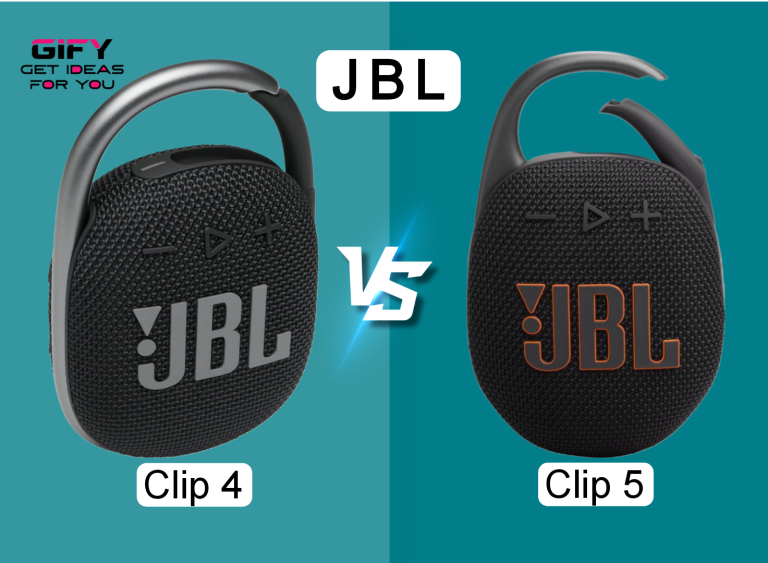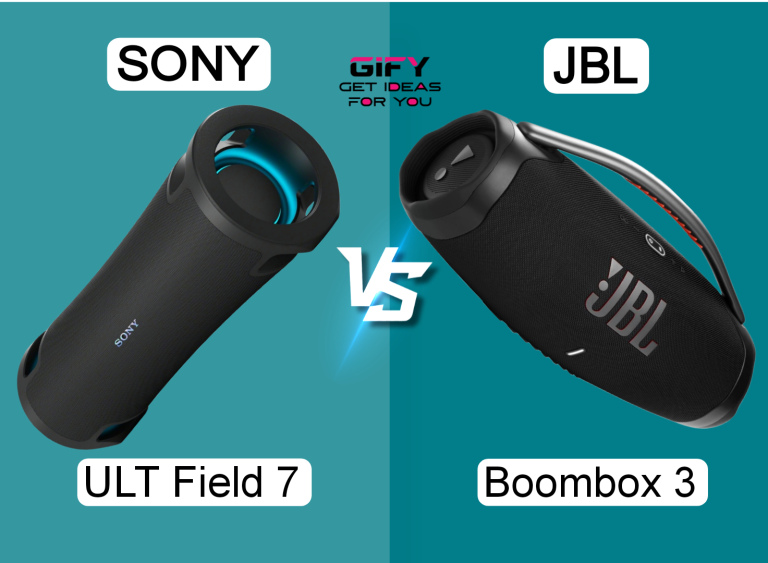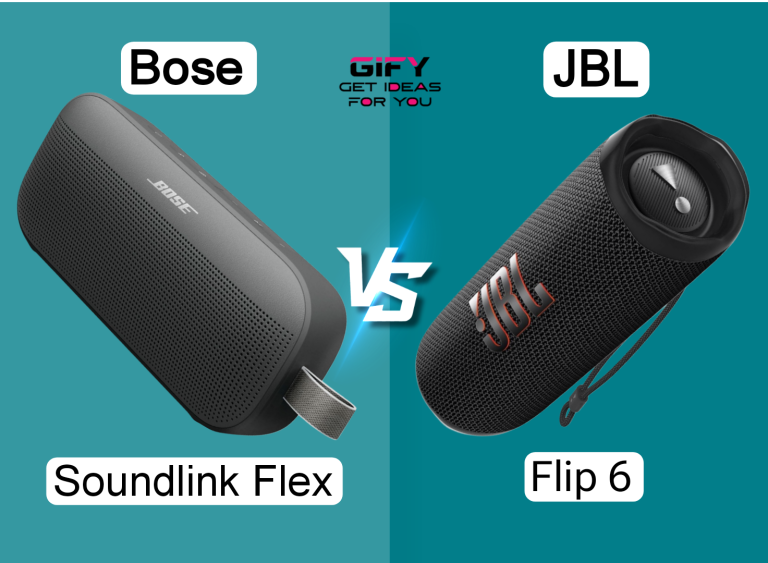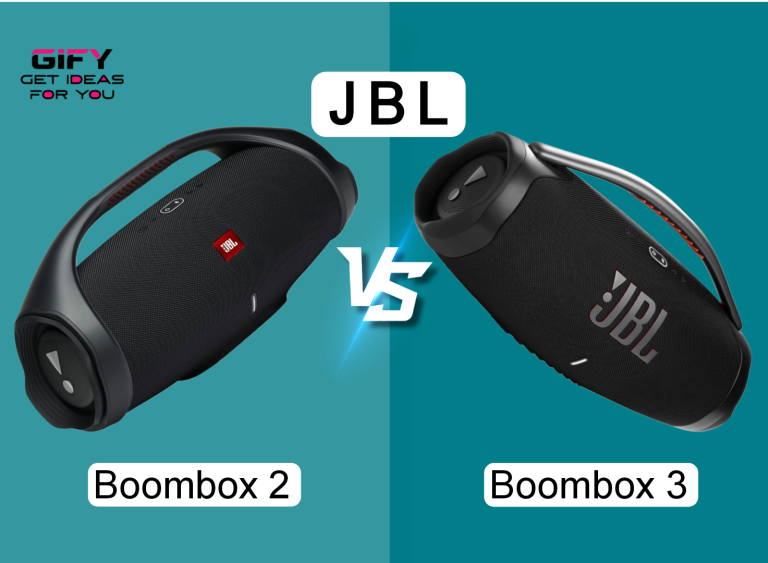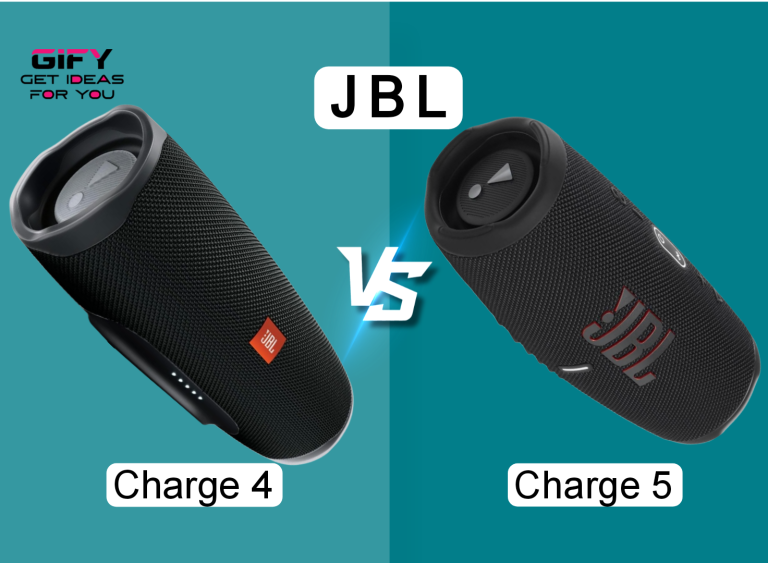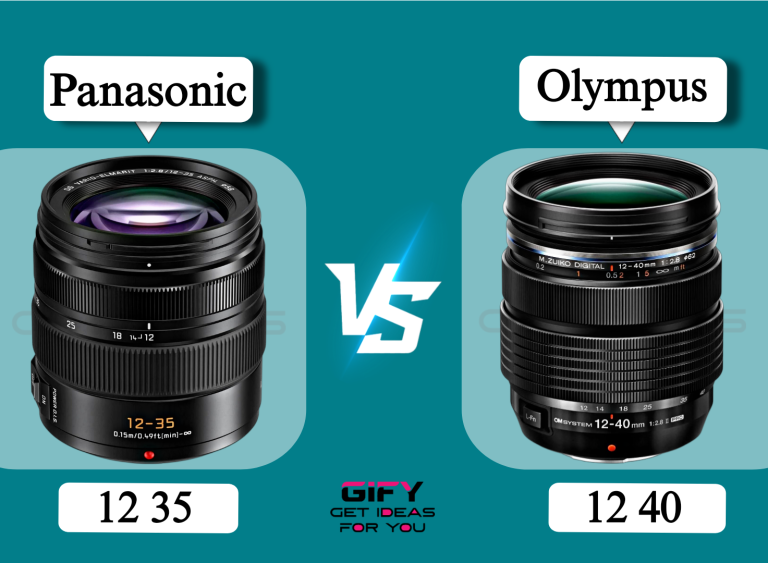Sony e vs fe : When choosing a lens for your Sony setup, the terms **Sony E** and **Sony FE** often cause confusion. Both use the same mount interface, but they serve different sensor types and photography needs.
In this comparison of **sony e vs fe**, I’ll break down how they differ, where they overlap, and which one may be better for your gear. I’ll compare two representative lenses—one labeled E and one labeled FE—so you can grasp the practical differences.
sony e Lens
Full Details
This “sony e” lens includes built-in Optical SteadyShot image stabilization and a 7-blade circular aperture to produce pleasing defocus effects. The minimum focus distance is 1.28 ft (0.39 m), and the maximum magnification ratio is 0.16×. It carries a 50 mm focal length and uses a 49 mm filter thread.
With a large f/1.8 maximum aperture, you get strong background separation and efficient light gathering. The lens has a compact, lightweight design with an elegant aluminum alloy exterior and a rounded 7-blade diaphragm. In the box, you’ll find a hood (ALC-SH116), front and rear caps.
What I Like
- The built-in image stabilization is rare for prime lenses and helps handheld shooting.
- Compact and lightweight—easy to carry around on APS-C bodies.
- Good optical quality and pleasing out-of-focus rendering from the 7-blade aperture.
- Decent close focus at 0.39 m—useful for tighter shots.
What Could Be Better
- No exotic elements like aspherical or advanced glass to correct edge distortions.
- Max magnification 0.16× is modest for detail crops or macro style shooting.
- Best performance is oriented toward APS-C; on full-frame, vignetting or falloff may appear.
Overall Opinion
This sony e lens is a solid choice for APS-C users who want a fast, stabilized prime. It balances portability with utility. If you shoot mostly with crop-sensor bodies, this lens gives you attractive image quality and flexibility without being heavy or complex.
Sony fe – Smart Lens
Full Details
The “sony fe” lens also offers a large f/1.8 maximum aperture, ideal for shallow depth of field and low-light work. It employs a 7-blade circular aperture to deliver smooth, pleasing bokeh. The design is compact and lightweight, tailored especially for full-frame E-mount cameras. The optical formula includes an aspherical element to control spherical aberration and coma. A double-Gauss configuration helps suppress field curvature and distortion across the frame.
What I Like
- Optimized for full-frame performance—edge to edge sharpness is strong.
- Pleasing bokeh thanks to the 7-blade circular diaphragm.
- Compact design means you don’t carry large, heavy lenses on full-frame bodies.
- Advanced optical corrections (aspherical, distortion control) improve image consistency.
What Could Be Better
- No built-in stabilization—on bodies without IBIS, you might need to push ISO or use a tripod.
- On APS-C cameras, you don’t use the full frame, losing some of the benefit of the lens.
- At wider apertures, aberrations may show up toward edges—though well managed by design.
Overall Opinion
This sony fe lens is a robust all-rounder for full-frame shooters. It delivers clean rendering across the frame, with strong control over aberrations and a pleasing look. If you have a full-frame E-mount body (like Sony a7 series), this lens fits right in without compromise.
Common Features
Despite being targeted at different sensor formats, both these lenses share several strengths. Each has a large f/1.8 maximum aperture, enabling great low-light performance and subject isolation.
Both utilize a 7-blade circular diaphragm to produce pleasing out-of-focus backgrounds. Their builds are compact and lightweight—well suited for travel or daily carry. While optical approaches differ (e.g. aspherical correction in the FE version), both aim to deliver sharp, usable images in a mid-price range.
Head-to-Head Comparison (sony e vs fe)
The crux of the **sony e vs fe** debate lies in sensor compatibility and performance boundaries. Here’s how they differ in practice and what you should consider when choosing.
Designed For & Mount Compatibility: The “E” designation traditionally refers to lenses intended for APS-C sensor cameras, though they fit the same E-mount. The “FE” label targets full-frame sensor cameras.
That means you can physically mount an E lens on a full-frame Sony camera, but you often get heavy vignetting or crop mode use. In contrast, FE lenses can be mounted on APS-C bodies—offering a narrower field of view (effectively 1.5× crop). Thus the FE lens is more “future-proof” if you plan to upgrade to full frame. This difference is crucial when evaluating **sony e vs fe**.
Performance & Image Quality: On APS-C bodies, both lenses can perform well, but the native E lens may be better optimized for the smaller image circle. You may see slight falloff or edge softness when using FE lenses on APS-C bodies (though those edges are often out of the usable frame anyway).
On a full-frame sensor, the FE lens maintains sharpness at the edges; the E lens, however, is often limited. Aberrations and vignetting will be more pronounced on the E lens when used full-frame. The FE’s extra optical corrections (aspherical elements, better control of distortion) give it an edge in wide-angle and full-frame use.
Cross-Compatibility & Upgrade Path: One advantage of FE lenses is their widespread compatibility. You can mount them on both APS-C and full-frame bodies. If you start on a crop sensor and move to full frame later, FE lenses save you money.
E lenses give good value when used only on APS-C. The stabilization built into the E lens examined here gives some flexibility for handheld APS-C shooting—but if your full-frame body has IBIS (in-body image stabilization), the FE lens might rely on body stabilization instead.
Example Use Case: Suppose you shoot portraits and street photography. On an APS-C body, the E lens gives good performance with stabilization and compactness. But later, when you move to a full-frame body, that lens becomes a second-rate option (cropping or heavy vignetting).
The FE lens, however, will continue to perform across your gear. If your camera lacks IBIS, you may miss stabilization—but that can be mitigated with support gear.
Value & Cost Considerations: Generally, E lenses aimed at APS-C may cost less, as their optical demands are lighter. FE lenses must maintain full-frame quality across the entire image circle, so they cost more.
Thus you often pay more for that versatility and quality margin. For someone committed to APS-C, the E mount version may offer better price-to-performance at that format. But the FE gives longevity and broader use.
Summary Judgment: If you know you’ll stay on APS-C and don’t foresee upgrading, a well designed E lens (especially with stabilization) is a strong choice. But if you value flexibility, full-frame work, or plan to change bodies, FE is the safer bet. The **sony e vs fe** distinction really reduces to: do you want format-specific optimization or broader flexibility?
Related Articles
(1) Panasonic 20mm vs Olympus 25mm: The Ultimate Prime Lens Power Clash.
FAQs
1. Can I mount an E lens on a full-frame Sony camera?
Yes, you can physically mount it. But expect heavy vignetting and likely forced crop mode to avoid dark corners.
2. Can I mount an FE lens on an APS-C Sony camera?
Yes, and it will work fine. The effective field of view is narrower (crop factor), but image quality stays excellent within the sensor area.
3. Does every FE lens lack stabilization?
No. Lens makers sometimes include stabilization. But many FE primes rely on in-body stabilization (IBIS) if available in the camera.
4. Which mount gives more future flexibility?
The FE mount option is more future-proof. If you upgrade to full frame, an FE lens will keep performing without vignetting.
5. Will E lenses always be cheaper?
Usually yes—because they are optimized for APS-C. But high-end E lenses with exotic optics may still carry premium pricing.
Conclusion
In the **sony e vs fe** debate, your decision hinges on your current gear and future plans. Are you committed to APS-C? The E lens with image stabilization is a smart, efficient option. Will you upgrade to full frame later?
The FE lens pays off over time thanks to better edge performance and broader compatibility. Either way, choose a lens that complements your shooting style. For full flexibility and long-term use, the FE version is generally the safer pick.




